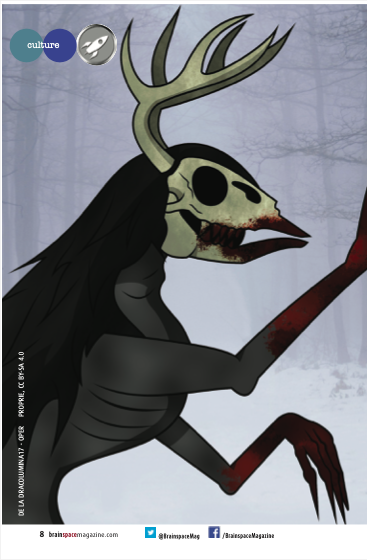
Beware The Wendigo


THE ALGONQUIANS SAY THAT DURING THE TURN OF THE 20TH CENTURY, A LARGE NUMBER OF THEIR PEOPLE WENT MISSING. THE TRIBES ATTRIBUTED MANY OF THE MYSTERIOUS DISAPPEARANCES TO THE WENDIGO, WHICH MEANS THE “SPIRIT OF LONELY PLACES.”
Legend has it that one of its creepiest traits is the Wendigo’s ability to mimic human voices. It uses this skill to call people into the forest to capture and eat them. The Wendigo’s thin, skeletal appearance suggests that its appetite is never satisfied. Yikes!
The tall and scary-looking creature is a character in many myths throughout different Indigenous communities. In reality, the Wendigo doesn’t haunt the woods at night, but the myth has a moral that is meant to scare people into behaving kindly.
The legend of the Wendigo has long been associated with greed and selfishness. Indigenous people believe that humans who yearn for riches or take more than they need, could become like the evil, restless, carnivorous Wendigo. Indigenous cultures refer to this as “Wendigo psychosis.”
The word wendigo represents the image of excess, especially in the destruction of the environment for the sake of profit. As the Ojibwe teacher Basil Johnston has written, the idea of “turning Wendigo” is a very real possibility when the word refers to self-destruction through greed, rather than literally becoming a monster in the forest.

